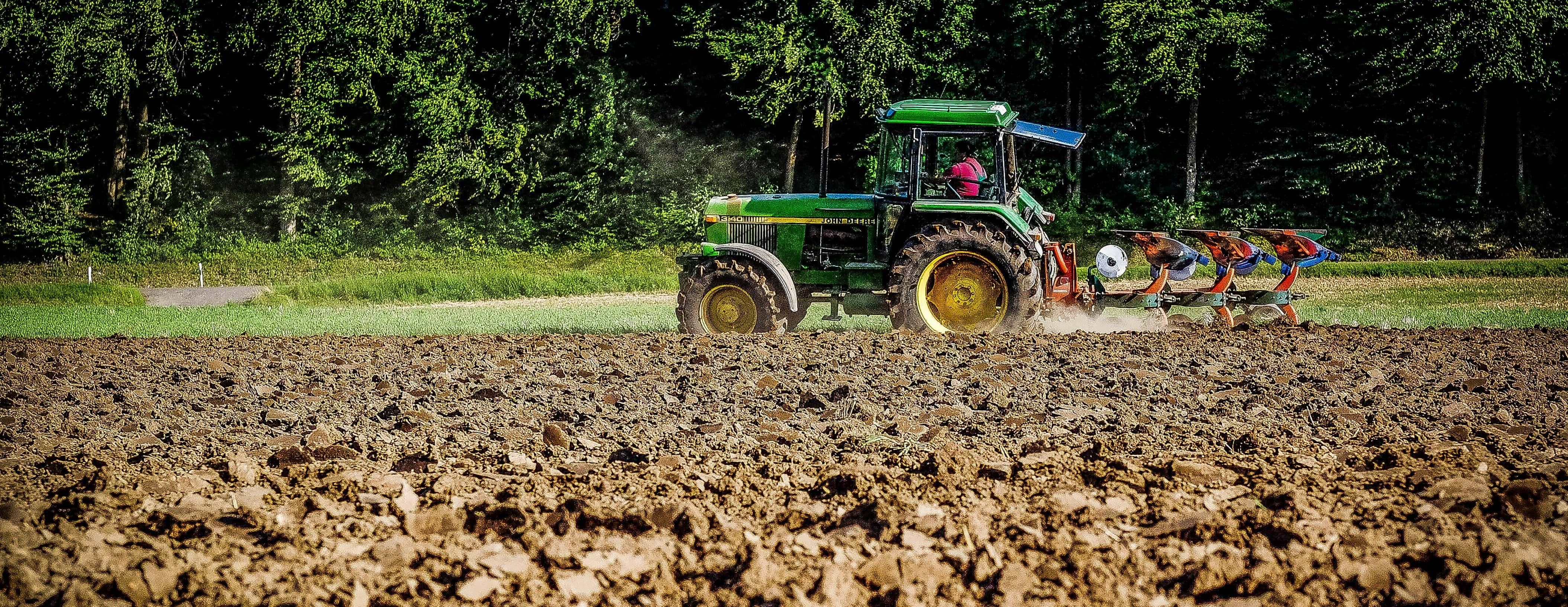
By Greg Bishop Illinois Radio Network
Illinois needs career-changers to teach ag courses in high school.
The Land of Lincoln has always been an agricultural powerhouse. The state is working hard to ensure that its agricultural future is secure. The Illinois State Board of Education is looking for career-changers who want to teach agriculture classes in Illinois high schools and middle schools.
“There is an all-time high demand for agricultural teachers in Illinois schools,” said Dean Dittmar, facilitating coordinator in Agricultural Education for the Illinois State Board of Education.
Enrollment in ag classes was up 12% last year, a good sign of demand. But there are not enough teachers.
“The problem is that there are not enough education majors in college who are training to specialize in teaching agriculture in middle school and high school,” Dittmar told The Center Square.
ISBE wants to encourage people who are looking for a career change to think about becoming teachers.
“People who have worked in agriculture may be burned out on their current job,” Dittmar said.
As people get older, a job that is not as labor intensive as farm work may appeal to them.
“Teaching is much easier on the body than many agricultural jobs,” Dittmar said.
The majority of Illinois ag teachers are Caucasian, Dittmar said. The board wants to diversify that.
“The board is looking to attract more Hispanic and Black and brown people to teaching,” Dittmar said.
Pay for ag teachers is good, Dittmar said. A first-year ag teacher can make $49,048 a year.
To get a provisional teaching license, (Educator License with Stipulations/Career and Tech Ed) candidates need 60 semester hours of college credits in any subject and 2,000 hours of documented paid work experience on a farm or working for an ag company, or working in an ag-related field. Working in a big box garden center would count, Dittmar said. So would working for any of Illinois’ agricultural employers.
“The number one criteria is to like working with young people,” Dittmar said.
Applicants who are accepted in the program receive teacher training in classroom management, lesson planning and other teaching skills in the summer before they begin teaching, Dittmar said. Experienced ag teacher mentors will guide them through their first two or three years of teaching.
Since the 1980’s, Illinois has had a strong tradition of teaching agriculture subjects and skills in middle schools and high schools.
Depending on the school, students who want to learn about agriculture can start out with an introduction to the agriculture industry. They can move on to plant and animal science classes. For juniors and seniors, there are pathway programs in agricultural construction, agricultural biology, environmental science and animal science, Dittmar said. There are 374 secondary schools in Illinois that offer agricultural science classes. Last year 40,000 students enrolled in agriculture classes in Illinois public schools.
Students are looking for classes that can lead to jobs and careers, Dittmar said.
“Welding, the mechanics of small engines and agricultural construction have replaced classes that in the old days were known as ‘shop,’” he said.
